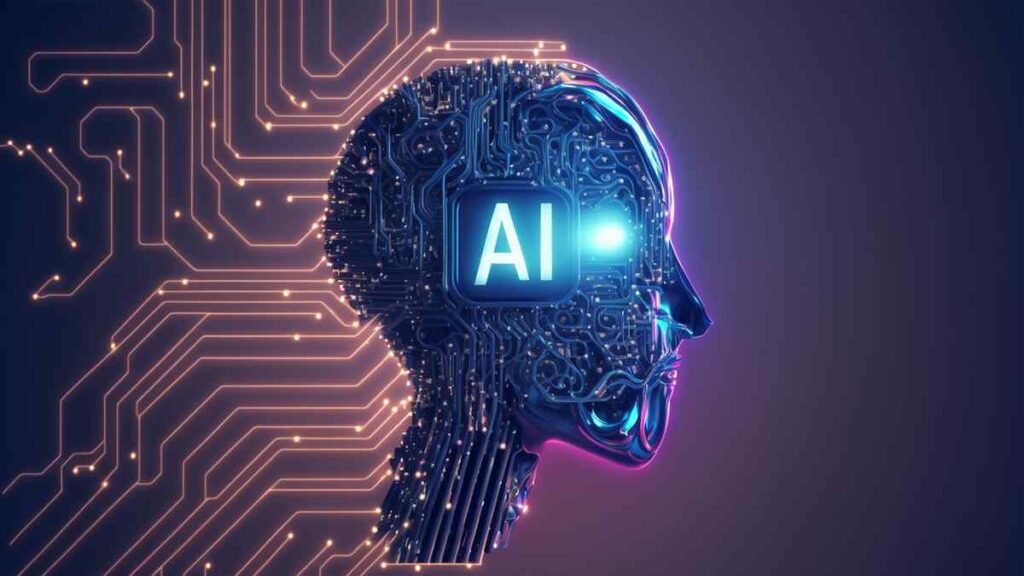Artificial Intelligence (AI) is no longer just a futuristic concept; it’s an integral part of our daily lives. From powering virtual assistants like Siri and Alexa to driving autonomous vehicles, AI has permeated various aspects of modern society. But what exactly is AI, and how does it work? In this article, we’ll demystify AI and explore its basic concepts.

What is Artificial Intelligence?
Types of Artificial Intelligence

Narrow AI (Weak AI)
Narrow AI is designed to perform a narrow task. It is programmed to excel at a single task or a set of predetermined tasks. Examples include virtual assistants like Siri, Alexa, and Google Assistant, as well as recommendation algorithms used by streaming services like Netflix and Spotify.

General AI (Strong AI)
General AI refers to a machine with the ability to understand, learn, and apply knowledge across different tasks, similar to a human being. General AI remains a theoretical concept and has not been achieved yet.

Artificial Superintelligence (ASI)
Artificial Superintelligence is an AI that surpasses human intelligence in every aspect. ASI is purely theoretical and is the subject of much speculation in the field of AI research.
How Does Artificial Intelligence Work?
At its core, AI relies on algorithms and data to make decisions. Here’s a brief overview of how AI works:
AI systems collect and analyze vast amounts of data to identify patterns and trends.
Developers create algorithms that enable AI systems to learn from the data they collect. These algorithms can be classified into three main types: supervised learning, unsupervised learning, and reinforcement learning.
AI systems are trained using large datasets to recognize patterns and make predictions. During the training process, the system adjusts its algorithms to improve its accuracy and performance.
Once the AI system is trained, it can be deployed to perform specific tasks autonomously.
Applications of Artificial Intelligence
AI is being used across various industries to automate processes, improve efficiency, and make better decisions. Some common applications of AI include:
NLP enables computers to understand, interpret, and generate human language. It powers virtual assistants, chatbots, and language translation services.
Computer vision allows computers to interpret and analyze visual information from the real world. It is used in facial recognition, object detection, and autonomous vehicles.
Machine learning algorithms enable computers to learn from data and make predictions or decisions without being explicitly programmed. Machine learning is used in predictive analytics, recommendation systems, and fraud detection.
AI-powered robots are being used in manufacturing, healthcare, and logistics to automate repetitive tasks and improve efficiency.
Explore about
The Future of Artificial Intelligence
As AI technology continues to advance, its potential to transform industries and society is virtually limitless. However, there are also ethical and societal implications that need to be addressed, such as job displacement, privacy concerns, and bias in AI algorithms. By understanding the basics of AI and staying informed about its development, we can harness its power for the greater good while minimizing potential risks.
In conclusion, artificial intelligence is a transformative technology with the potential to revolutionize the way we live and work. By understanding its basic concepts and applications, we can better appreciate its impact on our daily lives and prepare for the exciting possibilities that lie ahead.

